As a ski photographer, my livelihood depends on the snow and finding the best conditions. I obsess all winter long over the weather.
Last winter was a difficult one for skiers in the Pacific Northwest (PNW), a region typically abundant with snow that was suffering a drought. Daily readings of the Northwest Avalanche Center forecasts as well as the weather blog of Cliff Mass, University of Washington professor of atmospheric sciences, made it obvious that few options remained other than a good old-fashioned road trip.
The following is an account of the highlights we made despite one of the worst years for snow on record in the PNW.
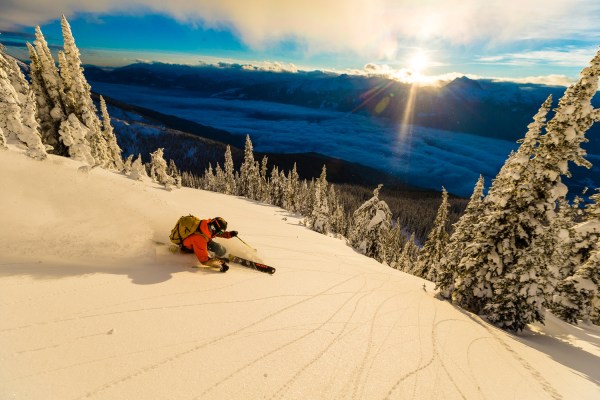
The season didn’t start off as we had hoped. A warming Pineapple Express all but ensured a delay in the opening of my home resort, Mount Baker, so we looked north of the border.
Revelstoke Mountain Resort in British Columbia tends to be a reliable destination for snowpack. Revelstoke’s unique location at the confluence of the Selkirk, Monashee and Purcell ranges allows it to receive near-coastal amounts of moisture while remaining cold due to the arctic air flowing through Rogers Pass. We loaded up the truck and made the six-hour drive from Bellingham, WA to enjoy some amazing early-season powder skiing.
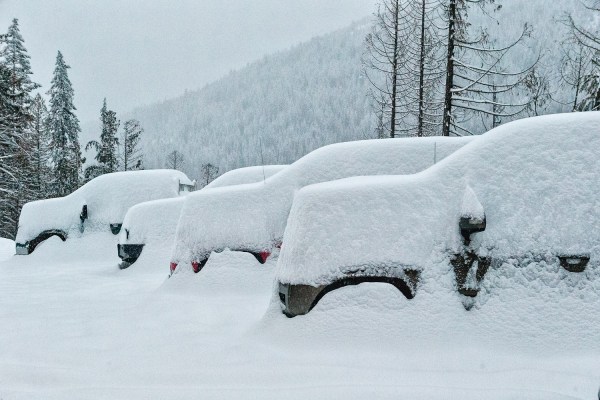
Any successful powder-chasing road trip is going to result in driving in a lot of snow. We made sure our vehicle was adequately prepared as mountain passes can often close suddenly and without much warning during big storms: snow tires and chains; a spare shovel in the vehicle to dig it out after those massive overnight dumps; extra food, water and warm clothes.
I also like to bring a weather radio along. Often it provides a more accurate forecast and works even in the most remote locations.
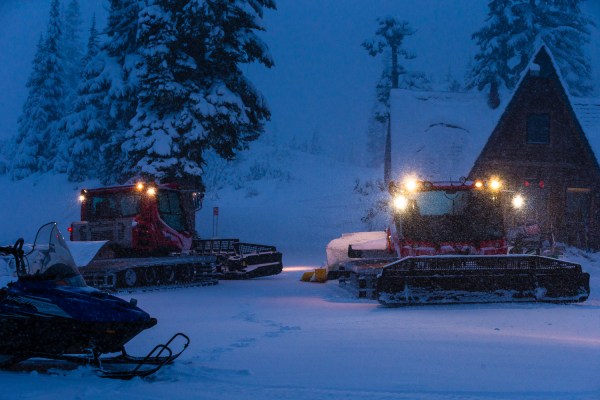
After a great week of skiing in Revelstoke, snow was finally in the forecast for the North Cascades in Washington, so we loaded the truck and made the trek back home.
One of the keys to getting great powder is to get up early and beat the crowds to the hill. We arrived early on our first day back to Baker to chat with the ski patrol to get an idea of the day’s stability and a few tips on where the best lines will be.
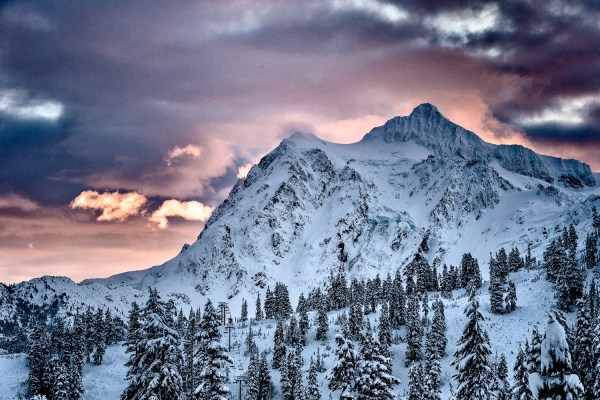
Another perk of an early start: We were often greeted with surreal light with the sunrise for some of our first turns.

Typically, low-snow years in the PNW are not due to a lack of moisture, but instead higher than normal snow elevation levels. So, ski touring rewarded us with better snow quality and coverage.
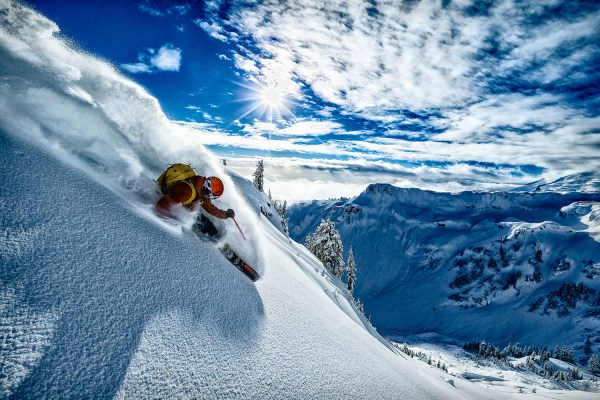
Despite limited coverage down low, the alpine at Mount Baker received a ton of fresh snow overnight, rewarding anyone that climbed above the ski area.

With another warm front forecasted for the coast and a jet stream aimed at the Kootenay Rockies in B.C., predicting the next storm was tough. We packed again and headed for Snowwater Heli-Skiing near Nelson, B.C.
Snowwater is one of my all time favorite spots, especially when you don’t know what the weather is going to do. Its helicopter access allows you to fly high into the alpine, and its snowcats provide a more affordable option on stormy days that can potentially ground the heli.
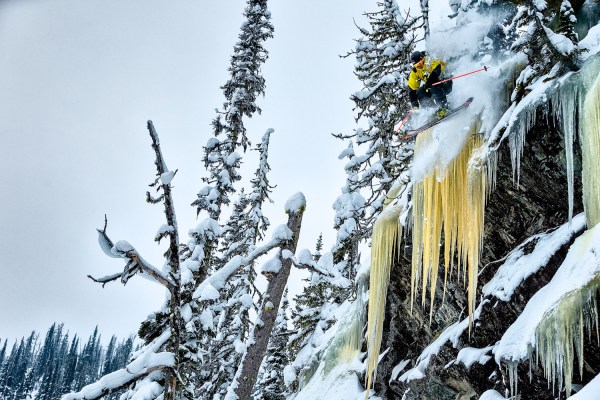
Snowwater in B.C. offers such a wide variety of terrain, you can find good conditions even when the rest of the Pacific Northwest is hurting. We found this frozen waterfall during a storm day. Meanwhile, all of the waterfalls on the coast were raging from the warm, wet Pineapple Express.
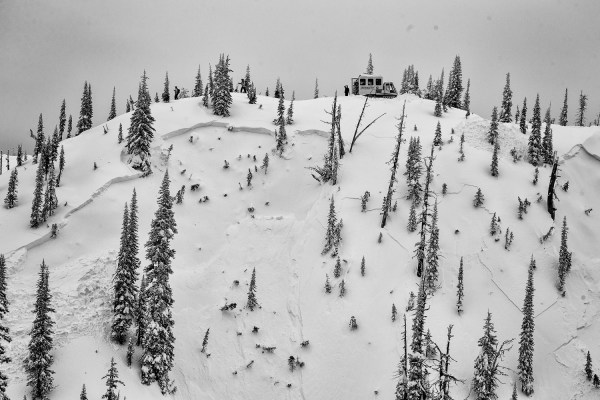
Even with the best intentions and resources, sometimes you just have to listen to Mother Nature. After nearly three feet of snow fell overnight, the temperature spiked, signaling it was time to stop for the day. When the avalanche conditions worsen, it’s best to call it and live to ski again another day.
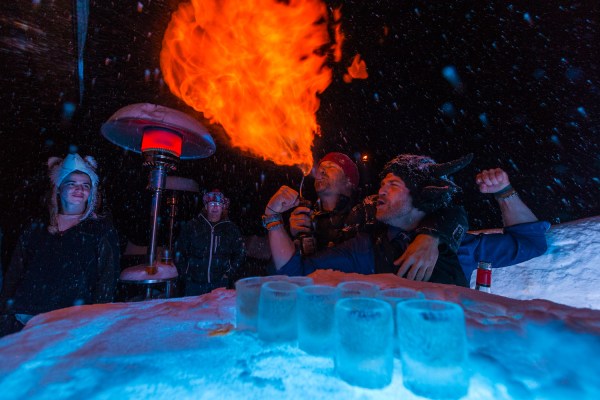
When Mother Nature decides it’s time for a mandatory day off, we kicked back and celebrated with friends the success of the road trip so far. Sometimes you just have to drink it blue.
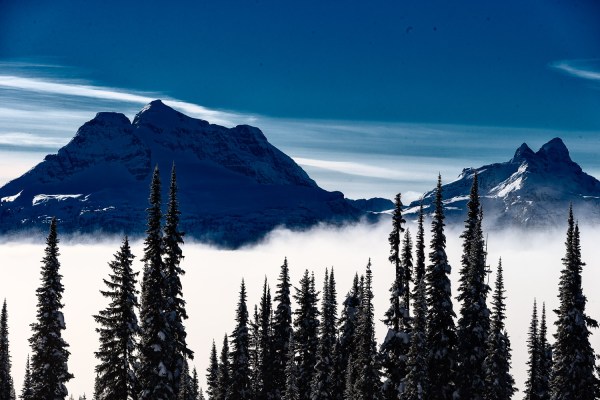
Checking the forecast, we saw another blast of arctic air was starting to push south at the tail end of the storm—perfect conditions for a good old inversion to form. Again we headed north on the Powder Highway to Revelstoke.
A great thing about the Revelstoke/Eagle Pass region is the easy access to the high alpine. Often you’ll find full bluebird conditions up high while the lower elevations are socked in with clouds.
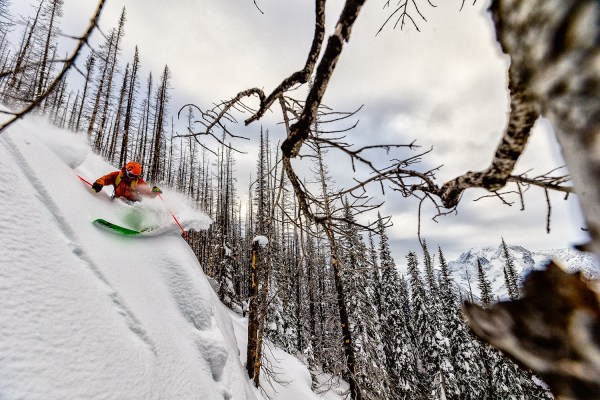
Despite their destruction, last summer’s wildfires opened up new ski possibilities. Old burns create some of my favorite places for spectacular tree skiing—the burnt standing trees offer great visibility on storm days and tend to form glades (with limited tree wells). Eagle Pass had some amazing runs through burn zones for storm-day skiing.
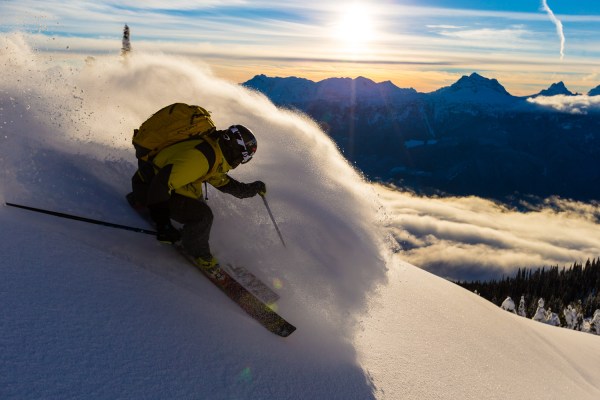
During the worst snow year on record in the Pacific Northwest, it was still possible to get some great skiing just by paying attention to the weather and being willing to drive a bit.
The best part of the road trip wasn’t just the skiing — but discovering new places, returning to familiar terrain and spending time with friends along the way.
